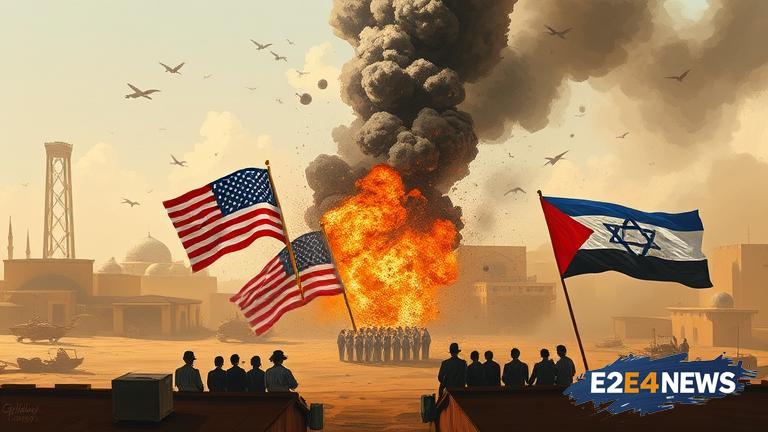The collapse of ceasefire talks between Israel and Gaza has sparked concerns of escalating violence in the region. Despite efforts to broker a peace agreement, the two sides have failed to reach a mutually acceptable deal. The US, a key player in the negotiations, has expressed disappointment at the breakdown of talks and is now exploring alternative options to restore calm in the region. Israel, meanwhile, has vowed to continue its military operations in Gaza, citing the need to protect its citizens from rocket attacks. The Gaza Strip, which has been under Israeli blockade for over a decade, has been the scene of intense violence in recent weeks, with both sides suffering heavy losses. The humanitarian situation in Gaza is dire, with thousands of civilians caught in the crossfire. The US has been working closely with Israel to find a solution to the crisis, but the collapse of ceasefire talks has raised questions about the effectiveness of their strategy. The international community has called for an immediate end to hostilities and a return to negotiations. The European Union, in particular, has been critical of Israel’s actions in Gaza, calling for a proportionate response to rocket attacks. The United Nations has also weighed in, condemning the violence and calling for a ceasefire. As the situation in Gaza continues to deteriorate, the US and Israel are facing increasing pressure to find a solution. The alternative options being considered by the US and Israel include a possible ground invasion of Gaza, which would likely result in significant civilian casualties. Another option being explored is the deployment of international troops to the region to help maintain order. However, this option is fraught with difficulties, not least the challenge of securing the consent of all parties involved. The US and Israel are also considering the possibility of imposing a unilateral ceasefire, which would require Israel to halt its military operations in Gaza without a reciprocal commitment from Hamas. This option is seen as high-risk, as it could be perceived as a sign of weakness by Hamas, potentially emboldening the militant group to launch further attacks. As the crisis in Gaza deepens, the international community is bracing itself for the worst. The collapse of ceasefire talks has raised fears of a full-scale war, which would have devastating consequences for civilians on both sides. The US and Israel must now navigate a complex web of diplomatic and military options to find a way out of the crisis. The situation in Gaza is a stark reminder of the need for a comprehensive and sustainable peace agreement, one that addresses the underlying issues driving the conflict. The international community must continue to push for a negotiated settlement, one that takes into account the legitimate concerns of all parties involved. The alternative is a descent into further violence and instability, with catastrophic consequences for the region. The US and Israel must work together to find a solution that prioritizes the protection of civilians and the restoration of peace in the region. The clock is ticking, and the world is watching with bated breath as the crisis in Gaza unfolds. The consequences of failure are too terrible to contemplate, and it is imperative that the US and Israel succeed in their efforts to find a peaceful resolution to the conflict.
